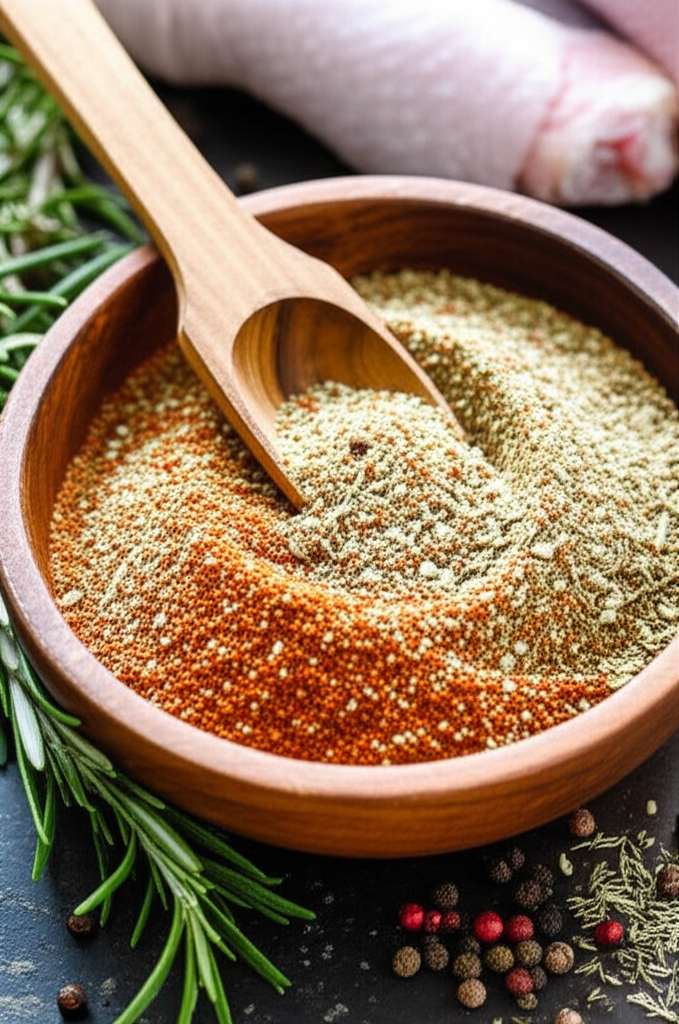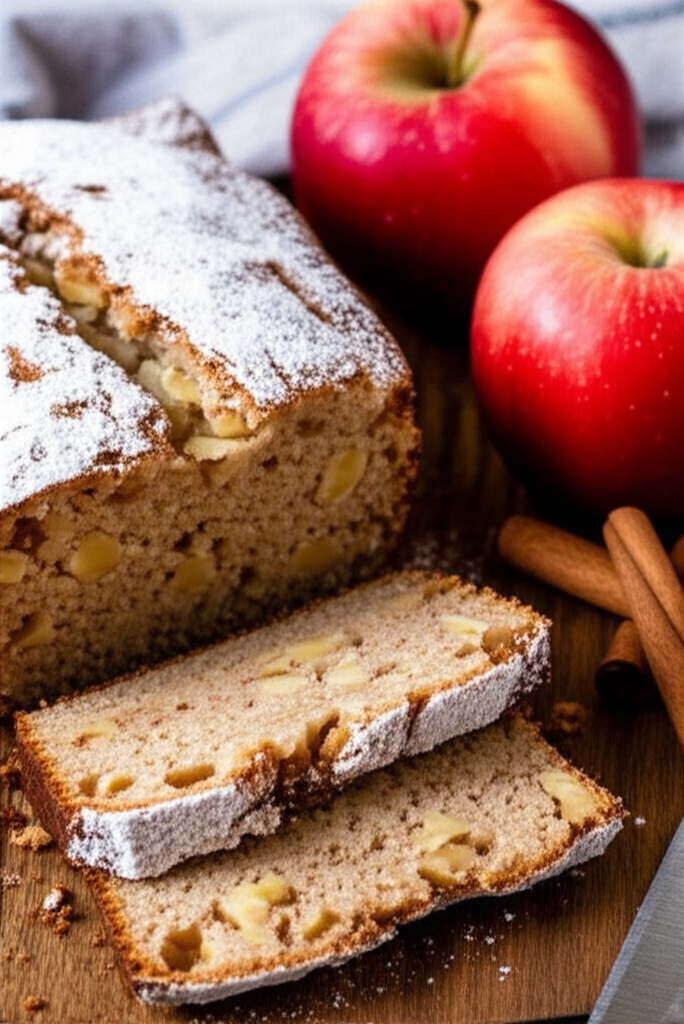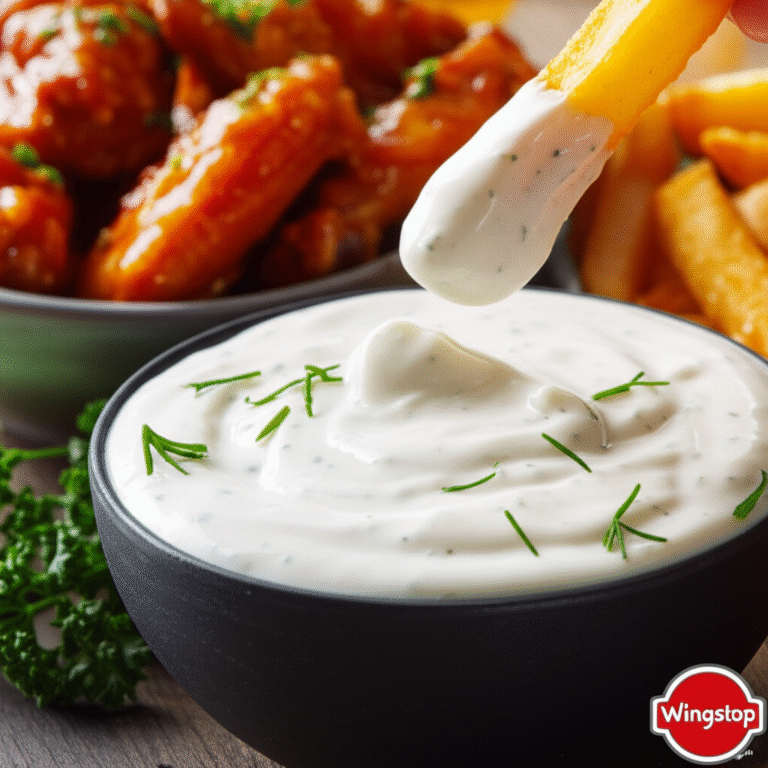Chili Oil Recipe: Easy & Delicious Homemade Guide
Chili Oil Recipe: Easy & Delicious Homemade Guide
Quick Answer
Chili oil recipes offer a simple way to add depth and heat to your dishes. A basic recipe involves infusing neutral oil (like grapeseed or vegetable oil, smoke point above 400°F) with dried chilies and spices over low heat for 12-15 minutes. This process extracts the chili’s flavor and color, creating a vibrant and flavorful oil.
Key Facts Table
| Entity | Attribute | Value | Why it matters |
|—————-|——————–|———————-|————————————–|
| Chili Flakes | Heat Level | Mild to Extra Hot | Choose based on your spice preference |
| Oil | Smoke Point | >400°F | Prevents burning at high temperatures |
| Infusion Time | Duration | 12-15 minutes | Balances flavor extraction and safety |
Understanding Chili Oil
Chili oil is a condiment made by infusing oil with chilies and other aromatics. It’s used to add a spicy kick and rich flavor to various dishes, from noodles and dumplings to soups and stir-fries. The chili flakes’ variety (e.g., Sichuan, Gochugaru) influences the final flavor profile, creating a spectrum from smoky to fruity. Different chili oils have different heat levels, making it easy to find one that suits your palate.
Choosing Your Ingredients: A Chili Oil Recipe Breakdown
A quality chili oil hinges on the right ingredients. Selecting the right chili flakes determines the heat and flavor. Some common choices are:
Sichuan Chili Flakes: Known for their vibrant red color and moderate heat with citrusy notes.
Gochugaru (Korean Chili Flakes): Range from fine powder to coarse flakes, delivering a sweet, smoky, and slightly earthy flavor.
Crushed Red Pepper Flakes: Easily accessible, offer a more generic chili flavor and varying heat levels.
The oil you choose is just as critical. Opt for neutral oils with high smoke points, such as:
Grapeseed Oil: Its mild flavor won’t overpower the chilies, and it can withstand high temperatures.
Vegetable Oil: Another economical option with a high smoke point, ensuring a safe infusion process.
Avocado Oil: Offers a slightly higher smoke point but can have a subtle flavor that might influence the final product.
Beyond the core ingredients, experiment with aromatics for enhanced flavor. Common additions include garlic, ginger, star anise, Sichuan peppercorns, and bay leaves.
Making Chili Oil: A Step-by-Step Guide
This chili oil recipe is straightforward:
1. Prepare Your Ingredients: Measure out 1 cup of your chosen oil and ½ – 1 cup of chili flakes (adjust based on desired heat). Gather your chosen aromatics – 4-5 cloves minced garlic, 1-inch piece of ginger thinly sliced, 2 star anise, 1 teaspoon Sichuan peppercorns are a good starting point.
2. Gentle Heating: In a heavy-bottomed pot, combine the oil and aromatics. Heat over low heat for 5-7 minutes. This slow infusion extracts maximum flavor without burning the spices.
3. Add Chili Flakes: Slowly add the chili flakes to the warm oil, stirring constantly. Maintaining low heat is crucial to prevent the chilies from burning and turning bitter.
4. Infuse and Cool: Continue heating the oil and chili mixture for another 7-8 minutes, stirring occasionally. The oil should be simmering gently, not bubbling vigorously. Remove from heat and let cool completely.
5. Strain and Store: Once cooled, strain the oil through a fine-mesh sieve lined with cheesecloth into a sterilized jar. This removes the solids, leaving a clear, vibrant oil. Store in an airtight container in a cool, dark place for up to 3 months.
Chili Oil Recipe: Best Practices
Low and Slow Cooking: Maintaining a low temperature throughout prevents the chilies from scorching and ensures a smooth, balanced flavor.
Freshly Ground Spices: If using whole spices, grind them fresh for the most potent flavor.
Taste as You Go: Adjust the amount of chili flakes based on your preferred heat level. Start with less and add more gradually until you reach the desired intensity.
Comparison Table: Choosing Your Oil
| Option | Key Attribute(s) | Best For | Caveat |
|—————–|———————|—————————|———————–|
| Grapeseed Oil | Neutral, High Smoke | All-purpose chili oil | Slightly more expensive |
| Vegetable Oil | Neutral, High Smoke | Budget-friendly option | Can have a slight taste |
| Avocado Oil | High Smoke, Subtle flavor | Enhancing certain flavors | Might alter the chili flavor |
Chili Oil Recipe Checklist
1. Gather ingredients: oil, chili flakes, aromatics.
2. Gently heat oil and aromatics.
3. Add chili flakes slowly, stirring constantly.
4. Infuse over low heat, then cool completely.
5. Strain and store in a sterilized jar.
Pro Tips
Use a thermometer to monitor the oil temperature, ideally keeping it between 200-250°F (entity: temperature → attribute: range).
For a smoother chili oil, blend the cooled mixture before straining (entity: texture → attribute: smoothness).
Add a pinch of salt to enhance the flavors (entity: flavor → attribute: enhancement).
Experiment with different chili flake varieties for unique flavor profiles (entity: chili flakes → attribute: flavor variations).
Store chili oil in a dark, cool place to maintain its quality and extend shelf life (entity: storage → attribute: preservation).
Common Pitfalls & Fixes
Burnt Chili Flakes: Reduce heat and add chilies more slowly (Problem: Burning → Solution: Temperature control & Gradual addition).
Weak Flavor: Increase the amount of chili flakes or infuse for a longer time (Problem: Mild flavor → Solution: Increased quantity/infusion).
Cloudy Oil: Ensure complete cooling and use a fine-mesh strainer lined with cheesecloth (Problem: Cloudiness → Solution: Cooling & Filtration).
FAQs
What is chili oil used for? Chili oil can be drizzled over noodles, dumplings, soups, stir-fries, eggs, and even pizza for an extra layer of flavor and heat.
Can I use any type of chili flakes? Yes, although different chili flakes produce variations in flavor and spice levels. Experiment to find your preference!
How long does homemade chili oil last? Stored properly in a cool, dark place, homemade chili oil can last for 2–3 months.
Is chili oil the same as chili crisp? Chili crisp often includes more ingredients like crispy garlic, shallots, and fermented black beans, resulting in a chunkier texture, whereas chili oil is generally smoother.
**Can I





